Not All Salt is Created Equal
We all know salt plays an important role in cooking. It takes dishes from just ho-hum to delicious, suppresses bitterness, and helps preserve food. Technically all salt is sea salt—even table salt, which is mined from rock (aka halite) that was formed by ancient bodies of water that no longer exist.
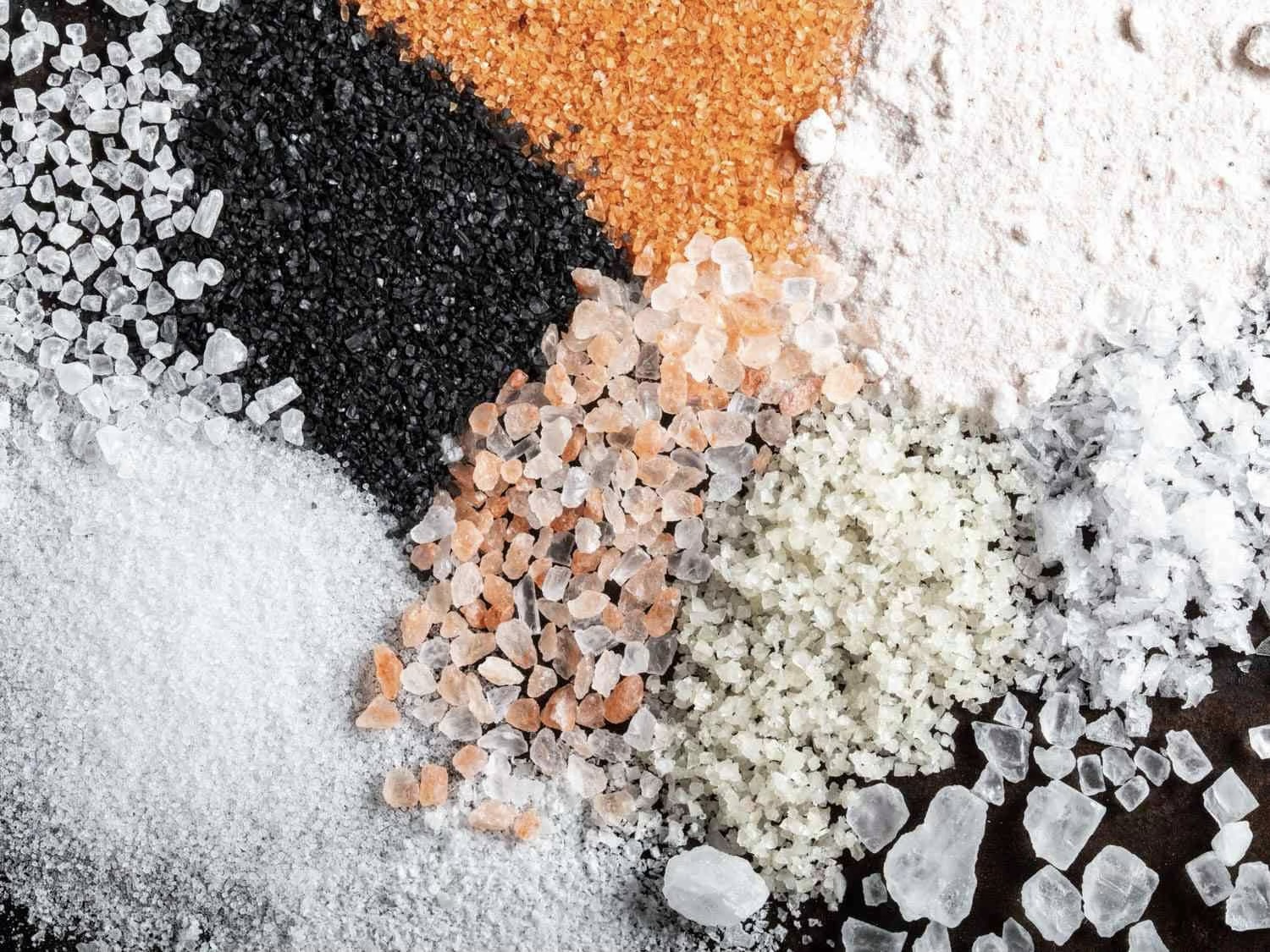
But even so, not all salts are the same, they’re not all created equal, nor should they be used in the same way. Here, according to a very helpful article I found in a 2020 issue of COUNTRY LIVING magazine, are the world’s 12 different salts and what they're best used for.
First, the most common, table salt. Also known as "iodized salt," it has very fine grains and contains potassium iodide and an anti-caking agent that helps prevent it from clumping. Because the anti-caking agent gives off a metallic taste when used in large quantities, table salt shouldn't be used in recipes. It best used as a light sprinkle atop whatever you’re eating.
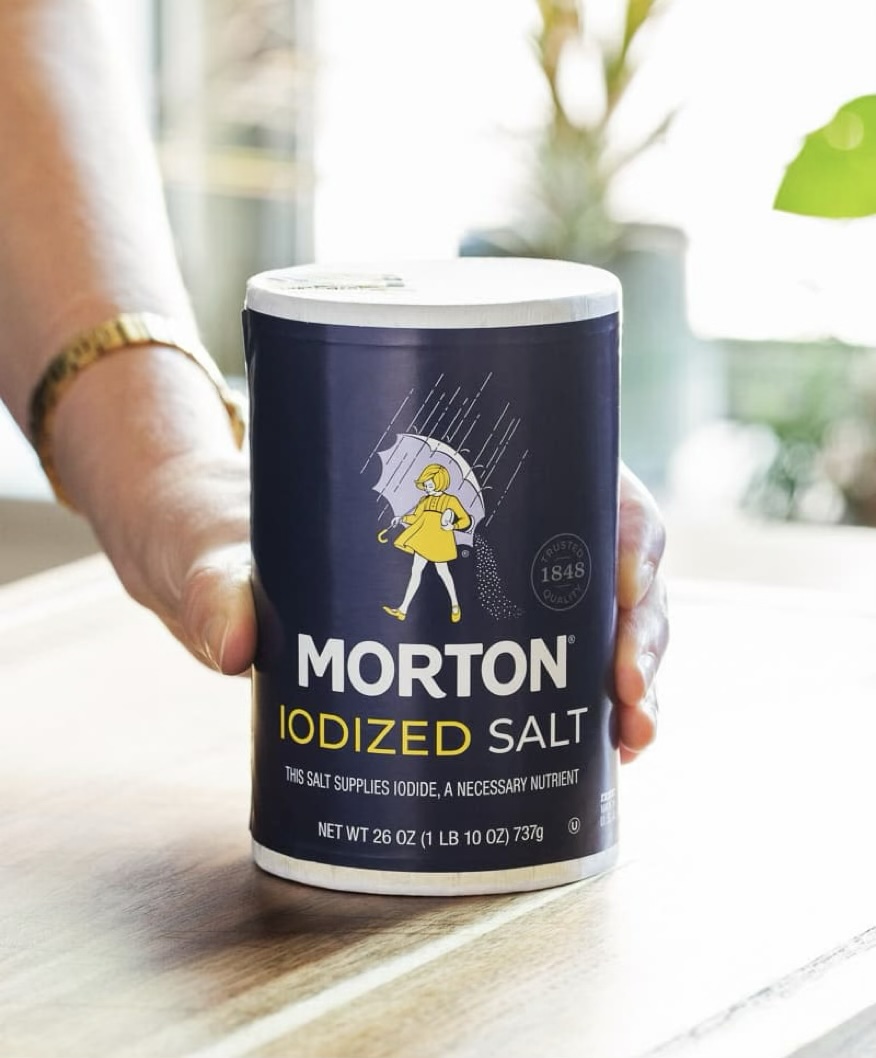
The next most common salt in use is kosher salt. If you’re short on cupboard or panty space, opt for kosher salt. Its texture is light but coarse (which helps you avoid over salting) and dissolves easily. It can be used in any application and is quite affordable (around $4 for a 3-pound box).
One thing to keep in mind: Different brands of kosher salt will have different levels of salinity. For example, Morton’s brand kosher salt is about 1 1/2 times more salty than the Diamond Crystal brand. So, if for some reason you have to switch between brands, be sure to taste before salting.
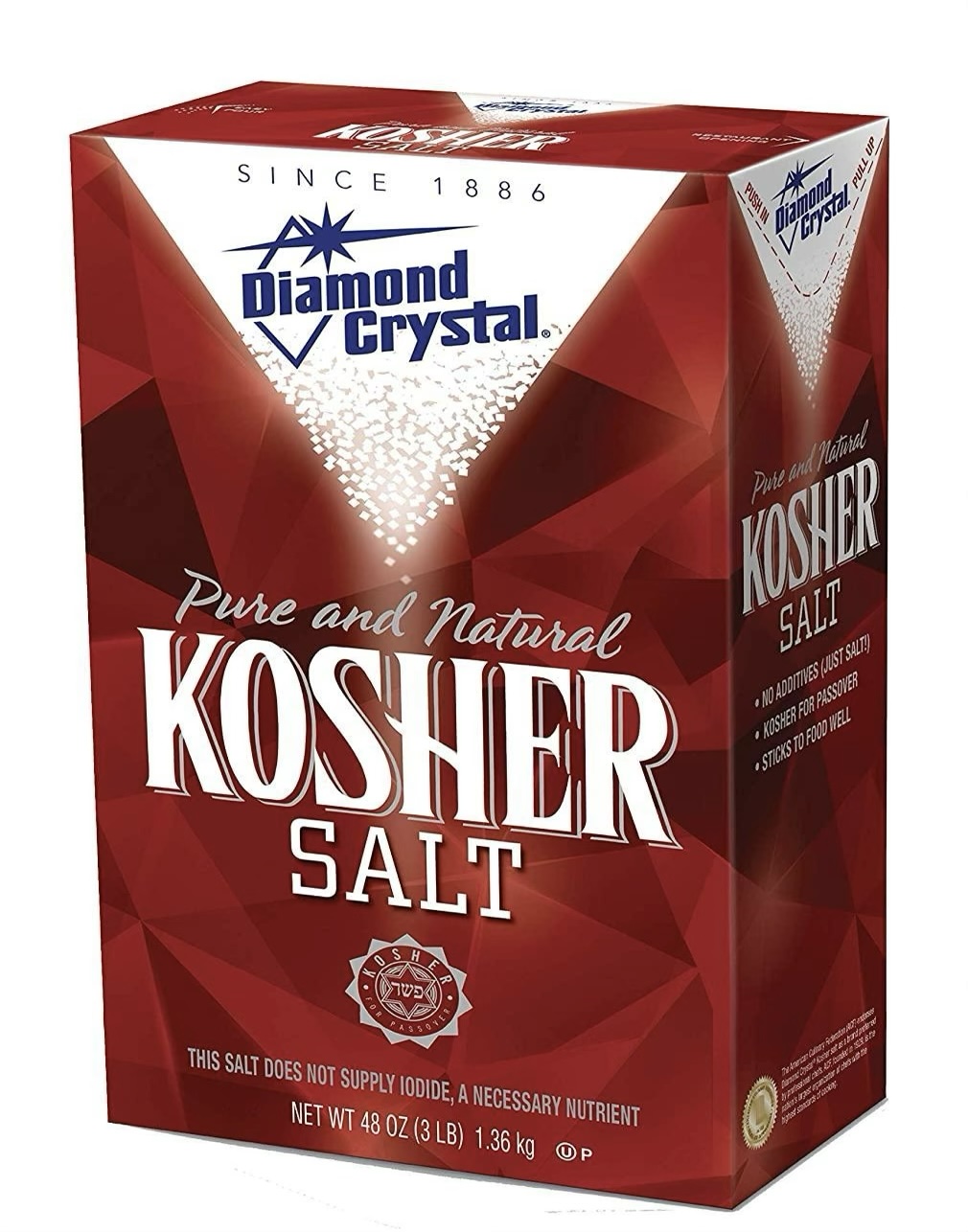
And there’s Himalayan pink salt. The purest of all salt, Himalayan pink salt is harvested from the Khewra Salt Mine in the Himalayan Mountains of Pakistan. Easily recognizable because of its pink color, this salt contains all 84 natural minerals found in the human body. Because of its steep price tag and bold flavor, use Himalayan pink salt for finishing dishes.
Sea salt is another popular salt. Harvested from evaporated sea water, sea salt can be either very or lightly salty tasting, depending on where it's harvested, so make sure to taste it before using it. Like Himalayan, sea salt also contains loads of minerals, so it can have an intricate flavor. But since it's fine or medium grained, it can be used in either savory and sweet recipes.
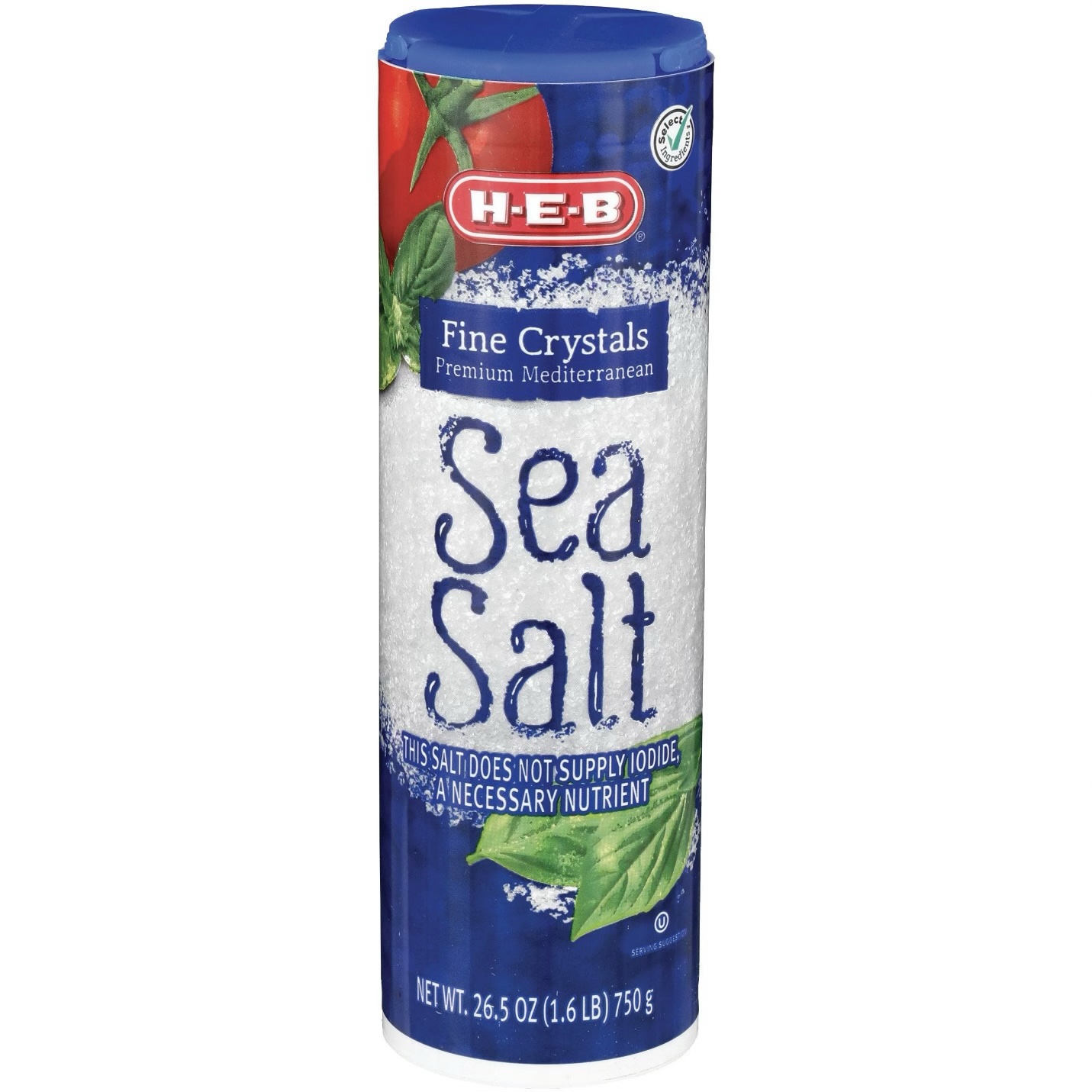
Another sea salt is Celtic grey. Harvested from Atlantic tidal ponds off the coast of France, Celtic sea salt is also known as sel gris (French for “gray salt”). Its gray color comes from the minerals that are left behind when the sea water evaporates. Use as a finishing salt on roasted vegetables or grilled meat or seafood.
Fleur de sel (French for “flower of salt”), like Celtic sea salt, is harvested from evaporated sea water. However, it comes specifically from the coast of Brittany. This salt is often described as smelling like and tasting of the sea. It’s a moist salt, so it's quite sticky, but the moisture causes the saltiness to stay on the tongue longer. It's another one that’s best used as a finishing salt.
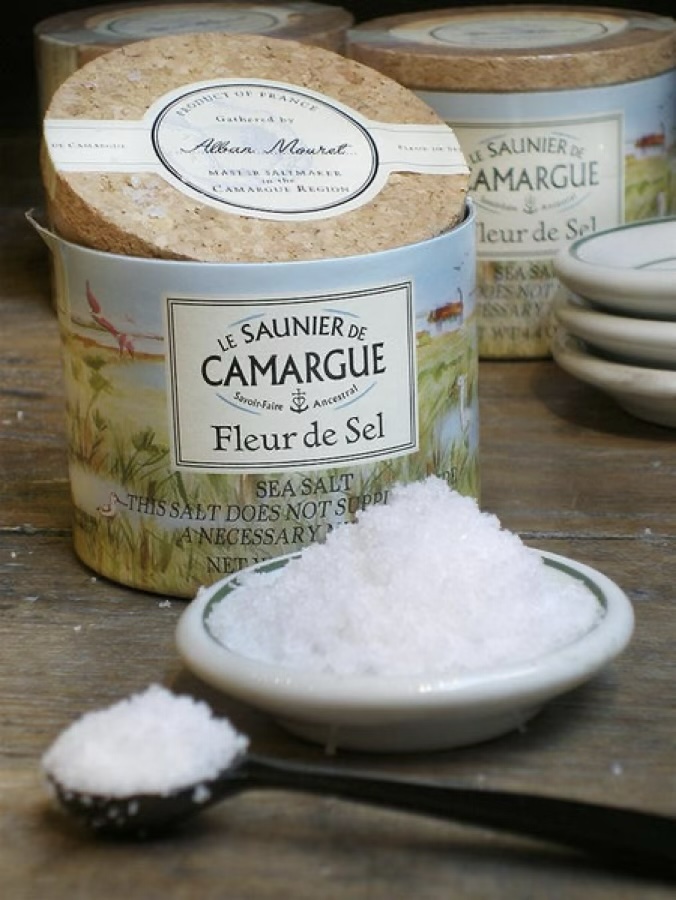
Flake salt, like sel gris and fleur de sel, is harvested from evaporated sea water—although its shape and texture are very different. Light, thin, and irregularly shaped (often like pyramids), flake salt’s taste is bright. It’s low in mineral content but high in price and is this another salt best used as a finishing salt. It’s especially good sprinkled on salads or chocolate chip cookies.
Red Hawaiian salt is sea salt that’s mixed with iron oxide-rich volcanic clay. Its flavor is described as nutty. Its striking red color makes it perfect for garnishing finished dishes.
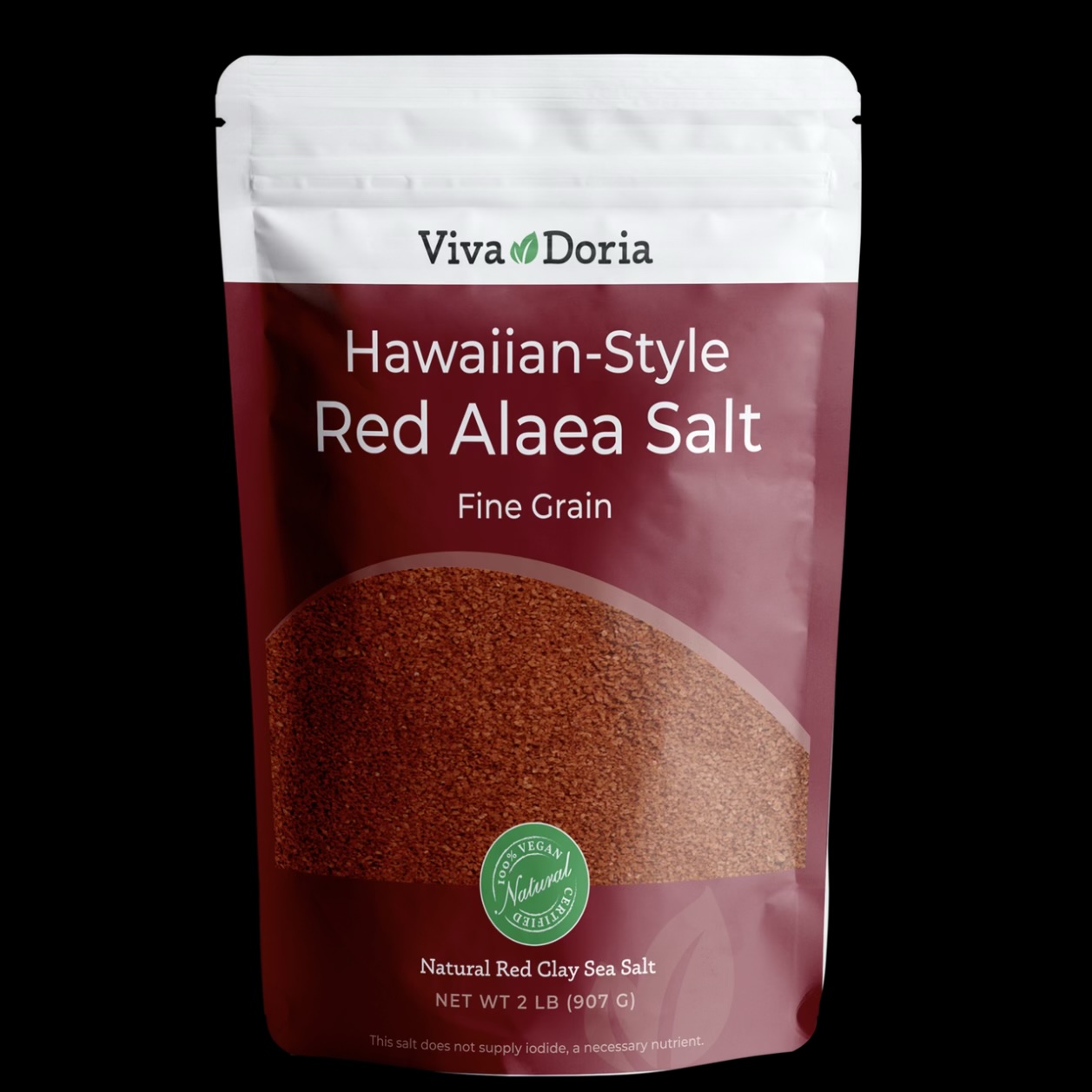
A cousin to the red, black Hawaiian salt is made by adding activated charcoal to sea salt. This is a salt known for its strong flavor—often described as "earthy." It’s best as a finishing salt.
Smoked salt is created by cold smoking salt with wood (alder, apple, hickory, or mesquite) for up to two weeks. Its flavor and color vary, depending on the type of wood used and the length of time smoked. It adds a delicious smoky flavor to savory foods like chili or barbecue sauce.
A lesser used salt, Himalayan black rock (also known as kala namak), isn’t really black, and is popular in Southeast Asia, the Himalayas, and Pakistan. It’s a reddish-brown salt that’s created by cooking rock salt with charcoal, herbs, seeds, and bark in a furnace for 24 hours. It has a very distinctive flavor and smell—often described as soft-boiled egg-like—and is commonly used in vegan recipes to mimic the taste of eggs.
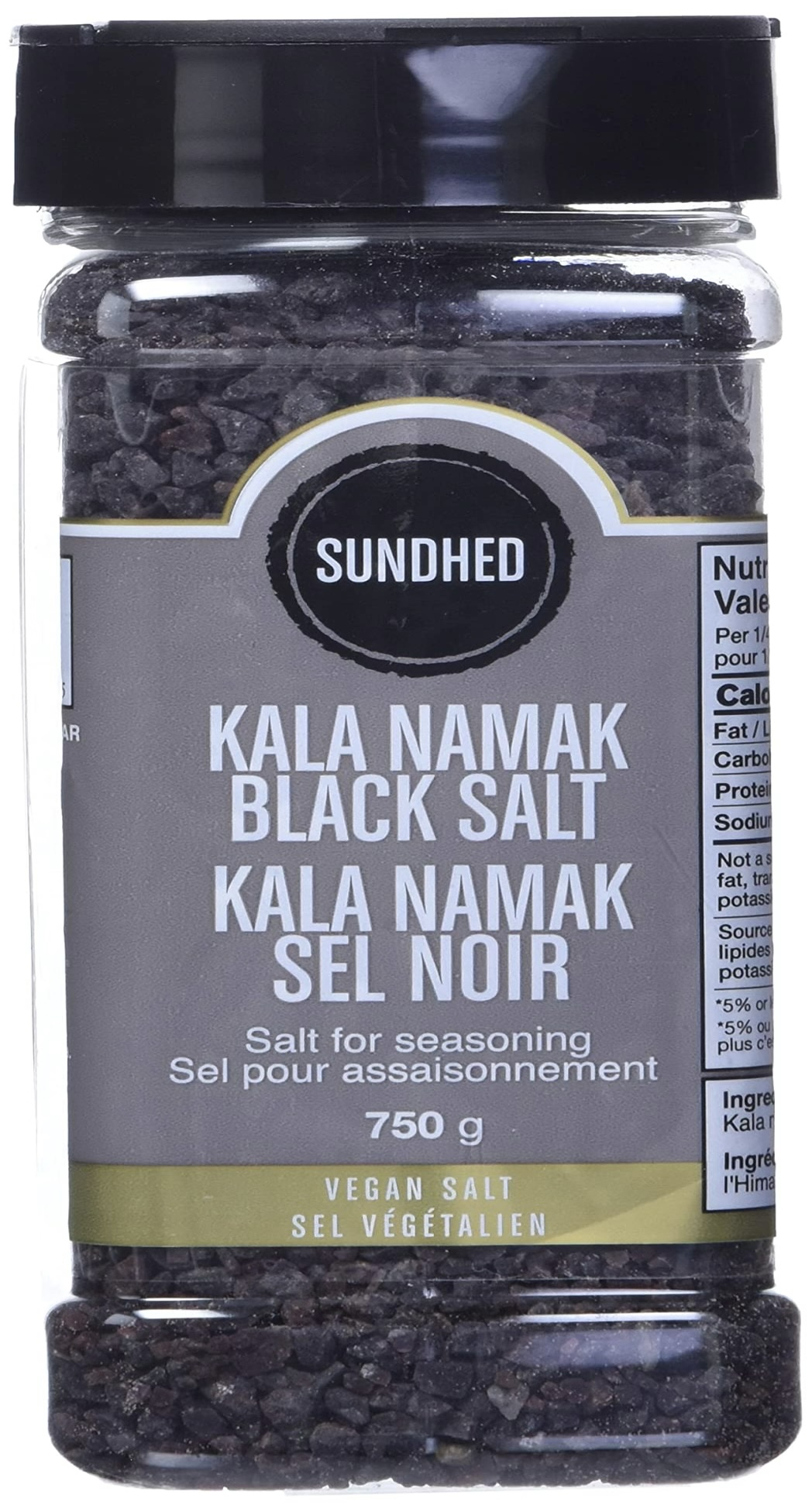
Finally, pickling salt. This coarse salt is used only for pickling and contains no iodine, minerals, or caking agent.
 Alice Osborne
Alice Osborne
Weekly Newsletter Contributor since 2006
Email the author! alice@dvo.com
